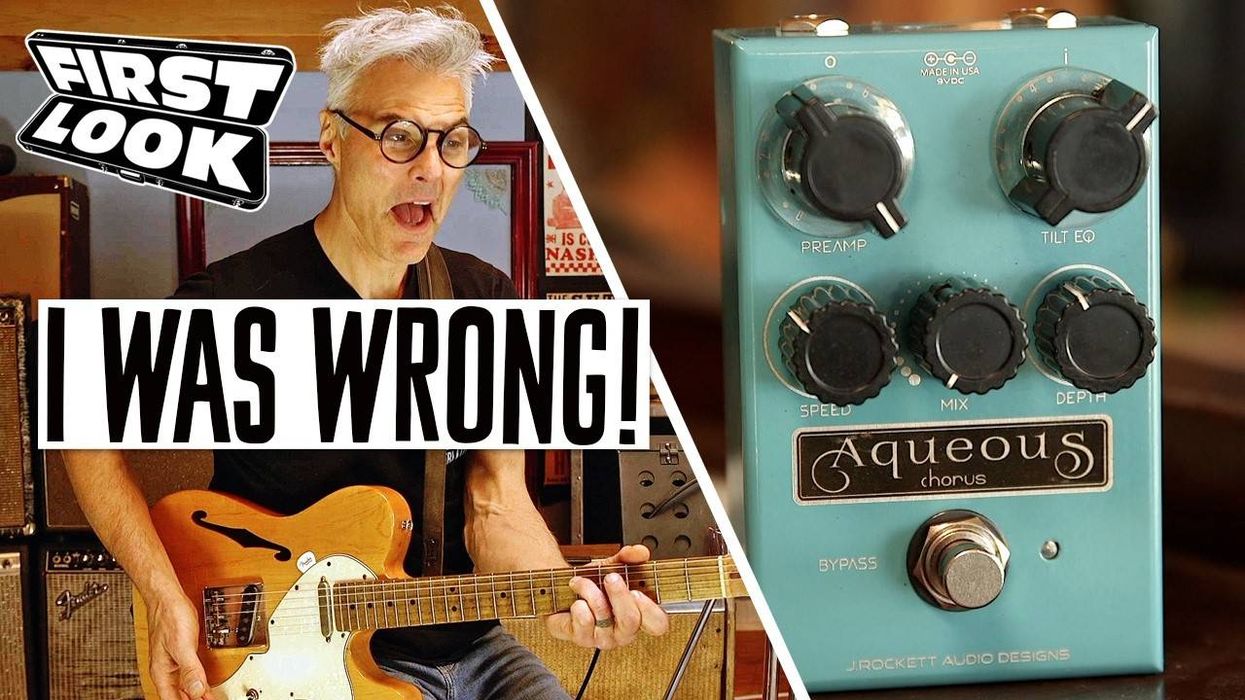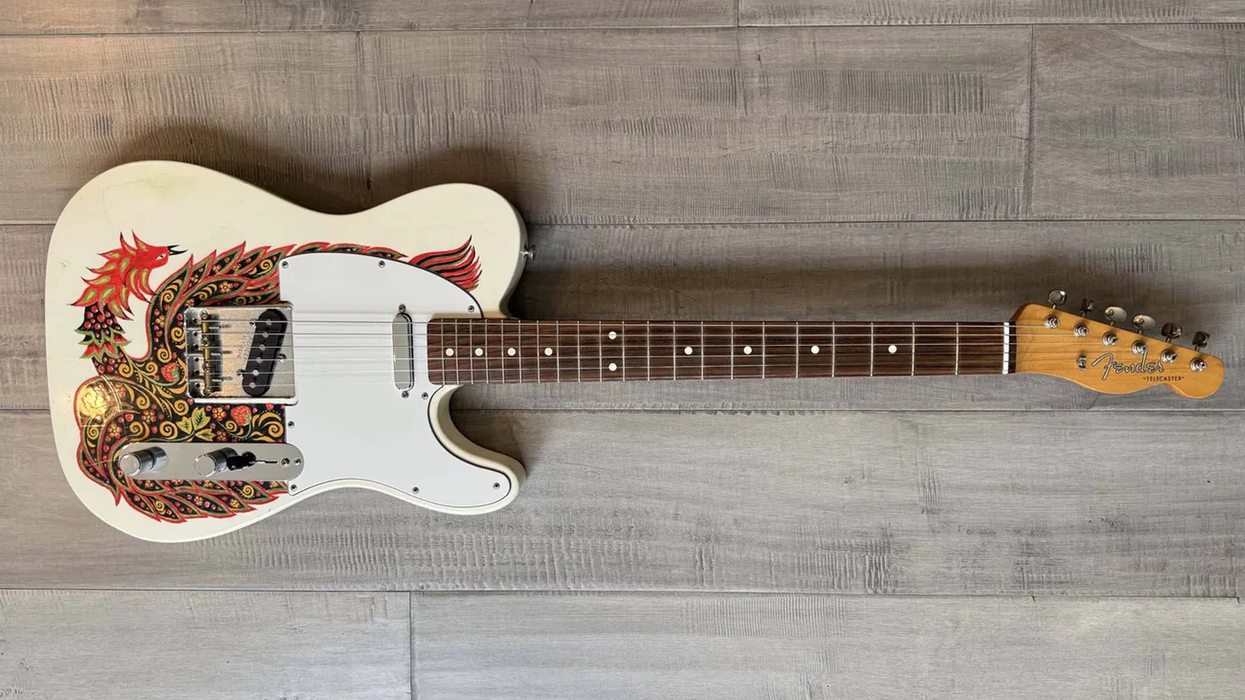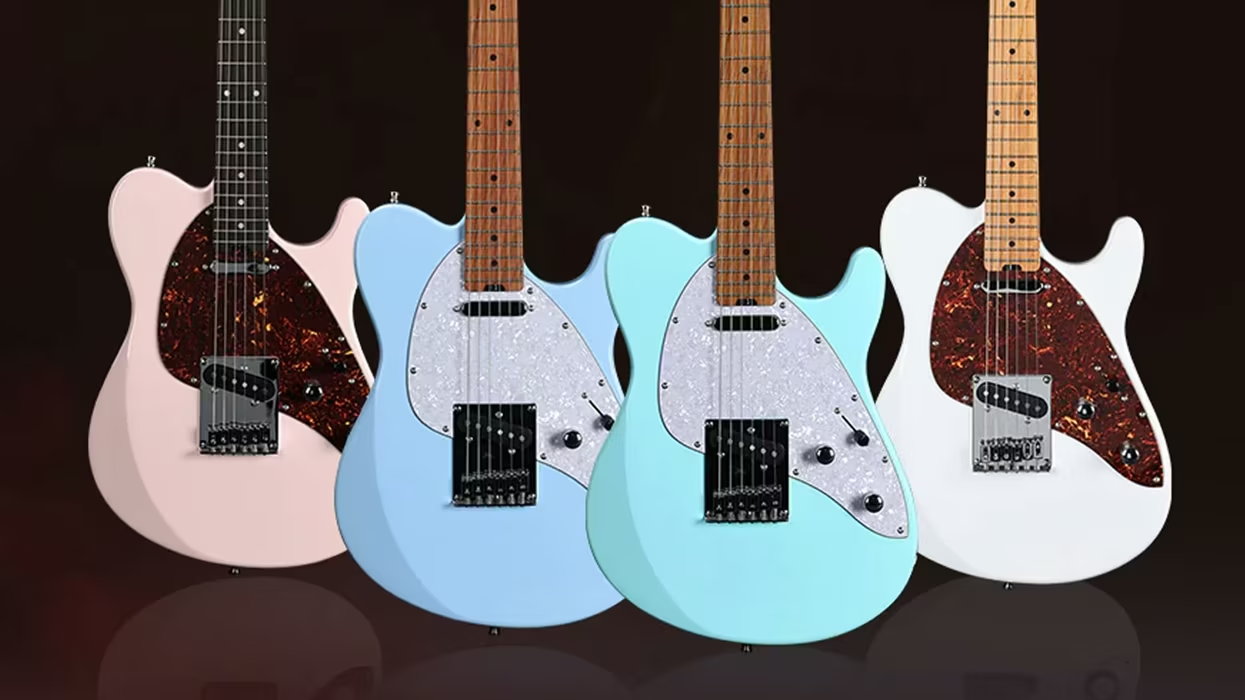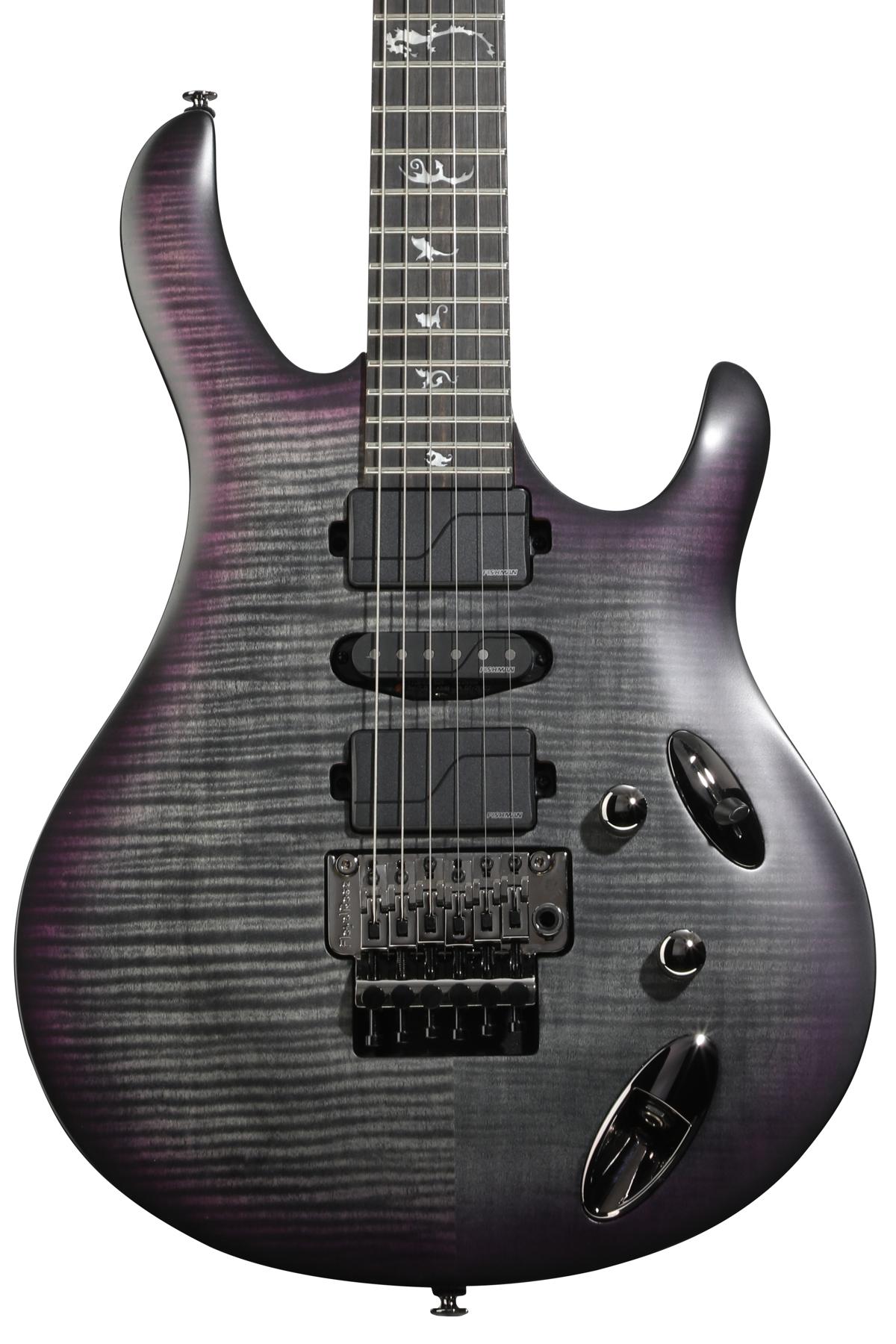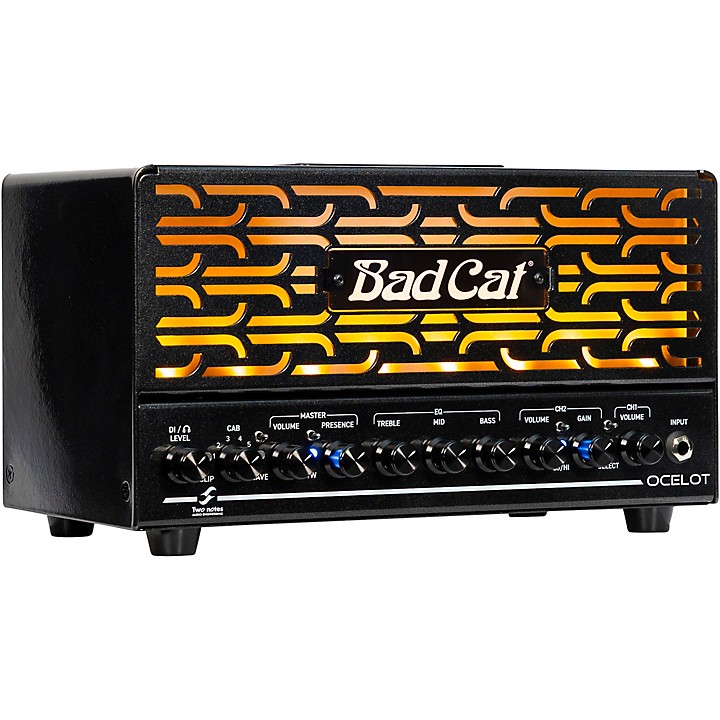While much lip service is paid to “vintage vibe,” many players seem to like the associated cosmetics more than the sounds. Most electric guitarists in the ’50s and ’60s had to be resourceful, and players crafted their sounds with what they could get their hands on. Manufacturers, meanwhile, unencumbered by the sanctity (or marketability) of certain tube, speaker, or transformer types moved along design tangents inspired by component availability and their own whims.
In many respects, Otis Amplifiers and the Trudeau reflect the freedom of those times. But they also embody a modern, resurgent spirit of independent craft commonly seen in the stompbox- or furniture-building communities, but less frequently in the capital-intensive world of amp building. Trudeau manifests this spirit in a 15-watt, dual-6CZ5 amp that feels homespun, thoughtfully built, and departs in very cool ways from Fender and Vox templates for small amp sound.
California Crafted
Otis Amps is based in Chico, California, a small college town in the northern reaches of the Sacramento valley, and the Trudeau head and cabinet reflect design sensibilities spanning Scandinavian/West Coast fusion and rustic, organic traditions. Whether you have a ’70s Alembic or a custom-color Telecaster, they’ll look equally at home leaning against the Trudeau. The construction itself is artful and carefully executed, using very pretty plywood and veneer as both aesthetic and structural elements. Woven wicker takes the place of cloth speaker covers. And while situating the amp chassis and controls in the back cavity is less than convenient for fast changes onstage, it creates a very clean amalgam of contours and textures that look as much like a nice piece of furniture as an amp. The Trudeau is the rare piece of electric guitar gear that an interior designer might actually use to tie a corner together.
The Trudeau is an odd bird in the sense that the “head” is a perfectly functional amplifier on its own. The circuit resides in a shallow box chassis that takes up less than a half of the head’s interior. The other half of the amp is dedicated to a 25-watt, 8" Jupiter Vintage American speaker.
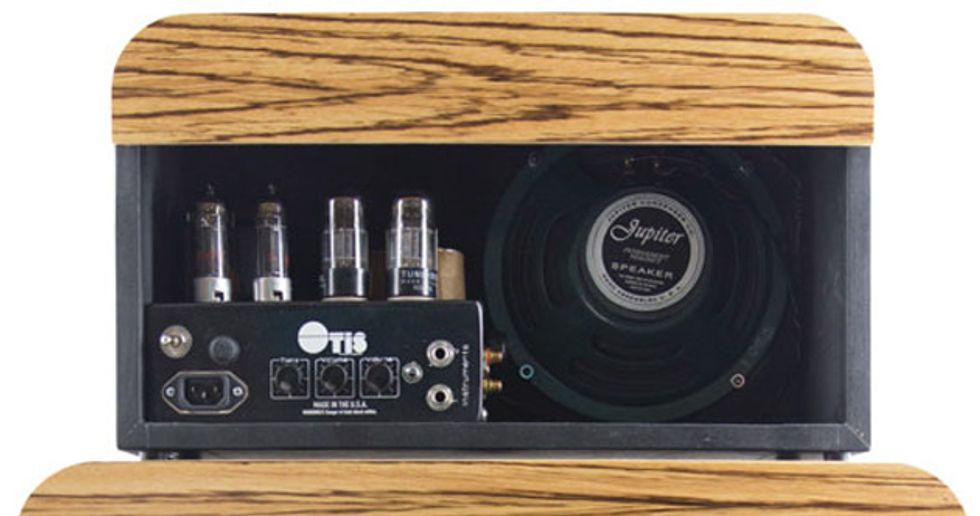
The sacrifices made for the clean, beautiful amp exterior do add up to some practical problems. The three-knob control set includes a tilt-based tone control (which progressively boosts and cuts treble—or vice versa—depending on which side of center you favor) and two volume controls, which operate interactively. Fine adjustments to the volume knobs translate to detectible sonic differences, and at least in the early going, you’ll want to work with them often. That compounds the inconvenience of having to bend over, squat, or get down on a knee to see the controls. The power switch, meanwhile, is located perilously close to the glowing hot power tubes.
Apart from those issues, Otis impresses by packing a few thoughtful but effective extra features in the small chassis. The coolest is the inclusion of two preamps. You determine which preamp drives the dual-6CZ5 power section by selecting one of two instrument input jacks. Preamp 1 is designed to be darker. Preamp 2 has a little extra headroom and top-end zing. There’s also a 3-position voicing switch between the two jacks. The up position is a bright switch for preamp 2, the down position is a mid-boost that works with either preamp, and the middle position removes filtering apart from the tone knob. These are unconventional options for a vintage-style amp, but they can yield cool, if somewhat subtle results.
Ratings
Pros:
Artful, small-shop craftsman design. Glorious, rough-and-tumble tones at higher volumes.
Cons:
Can sound thin at low volume.
Tones:
Ease of Use:
Build/Design:
Value:
Street:
$1,099 street (head), $449 street (cabinet)
Otis Amplification Trudeau
otisamp.com
Stylish Sonic Deviations
Otis uses the recipe of 6CZ5 power tubes, 6SL7 preamp tubes, a 5Y3 rectifier, and the amp’s unique switchable preamp configurations to summon a very individual sonic identity. To some players—particularly those who love the predictability and resonant low end of say, a blackface Princeton—the Trudeau may sound too fundamentally bright. But fans of certain Valco, Silvertone, and Magnatone amps of the late ’50s and early ’60s will find the Trudeau to be a beautiful launch pad for sonic excursions.
Even with the extension cabinet and additional 12" speaker, the Trudeau isn’t especially loud for a 15-watt amp, and it tends to sound best when it’s in the upper half of its volume range. This might make Trudeau less appealing to apartment dwellers planning on using the Otis as an interior design element and practice amp. Humbuckers with harmonically thickening qualities are a cool match for the Trudeau in low-volume situations, but single-coil Fenders can sound thin, and I often used a booster to thicken up Telecaster and Jaguar bridge pickups.
If you have the space to open up the Trudeau a bit, the amp becomes a very different proposition. Parking the volume and tone knobs at noon yields a jangly, high-mid focused tone with single-coils or humbuckers that’s pretty even across the frequency spectrum (though I tended to add bass with the tone control and use the mid-bump switch). At full volume, the Trudeau becomes wolverine vicious—toothy, brash, but also muscular and responsive. Here again, I preferred bass-heavy tone settings, though the high end has a cool sizzle you can fine-tune and add in small doses. There’s not a lot of headroom for pedals at these settings, though a dose of analog delay and tremolo and generous amounts of dark, clanging spring reverb simulation were a killer match. And while high-mid focused fuzz and distortion are not a great fit, a Sovtek Big Muff turns the Trudeau into a rabid, raging bear.
The Verdict
The Trudeau is a beautiful piece of gear with folksy-but-functional design sensibility. Paradoxically, it doesn’t sound its best in low-volume home, bedroom, and apartment situations where it’s good looks are an asset. In the studio or on a small stage, however, the Trudeau is brimming with attitude. And it’s easy to imagine recording a whole album of raw Kinks-style proto-punk or Junior Kimbrough juke joint blues with this handsome, feral-sounding machine.








![Rig Rundown: Russian Circles’ Mike Sullivan [2025]](https://www.premierguitar.com/media-library/youtube.jpg?id=62303631&width=1245&height=700&quality=70&coordinates=0%2C0%2C0%2C0)






